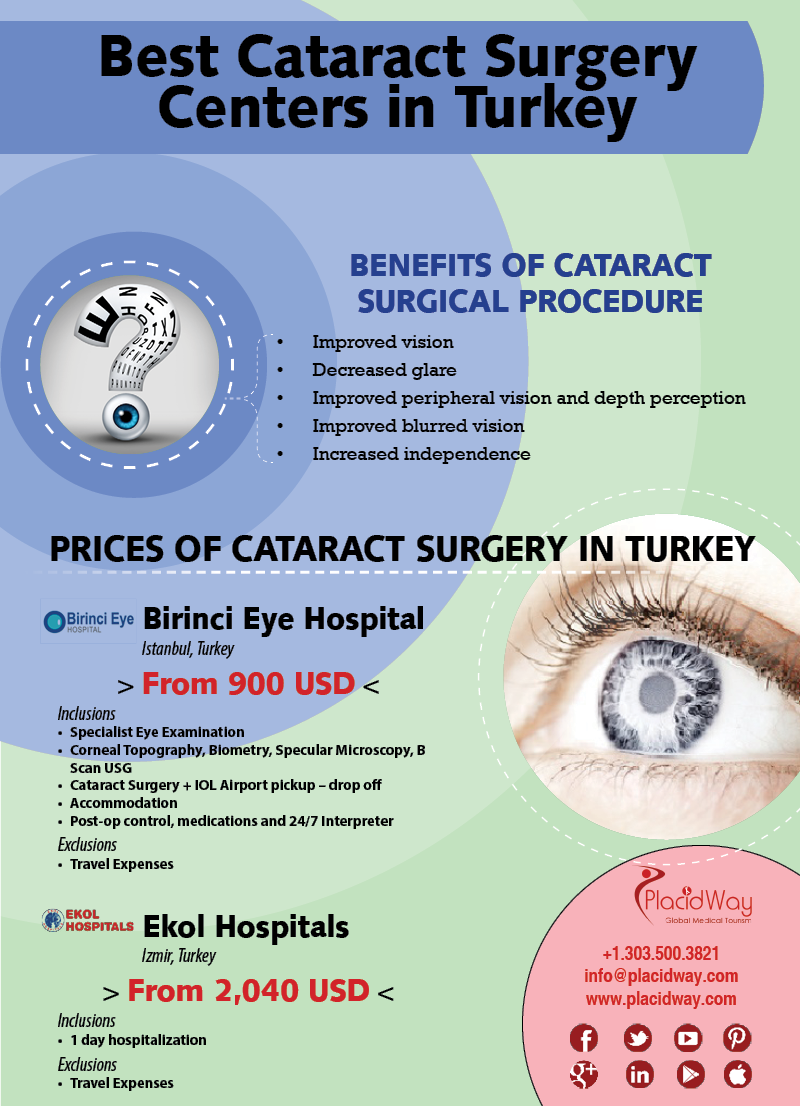A Detailed Assessment Of Modern Cataract Surgery Techniques
A Detailed Assessment Of Modern Cataract Surgery Techniques
Blog Article
Staff Author-Ottesen Kearney
As you explore the evolution of advanced cataract surgical treatment methods, you'll witness a trip marked by ingenuity and accuracy. From old techniques that led the way for modern-day developments to innovative modern technologies that are reinventing the area, the thorough summary of cataract surgical procedure techniques is a testament to human progression and dedication to boosting person end results. The elaborate interplay in between historic techniques and advanced improvements produces a fascinating story that clarifies the evolution of one of the most common operations worldwide.
Historical Methods and Advancements
Discover how early doctors transformed cataract treatment by employing innovative methods and devices. In the past, cataract surgical treatment was a high-risk and excruciating treatment. Nonetheless, ancient Indian doctors were amongst the initial to try surgical interventions for cataracts, utilizing a method called 'couching' where a sharp tool was used to press the cataract back right into the eye. This approach, though crude by today's criteria, laid the groundwork for future developments in cataract surgery.
As https://www.healio.com/ophthalmology/refractive-surgery/news/print/ocular-surgery-news/%7Bce54b251-93da-4b0d-b65f-02d49af1470c%7D/preferences-differ-for-lasik-enhancement-procedure progressed, Arab doctors made considerable contributions by developing specialized needles for cataract extraction. cataract surgery doctor name were made use of to penetrate the cataract and then extract it from the eye, noting a significant renovation in medical precision.
Later, in the 18th century, the French cosmetic surgeon Jacques Daviel spearheaded the technique of extracapsular cataract extraction, where the entire lens was eliminated intact via a larger cut. This marked a significant improvement in cataract surgical procedure methods, paving the way for the contemporary procedures we use today.
Modern Surgical Approaches
Early methods in cataract surgical treatment have actually evolved significantly, causing the development of modern-day surgical techniques that prioritize precision and improved individual outcomes. Modern cataract surgery now usually includes a treatment called phacoemulsification, where an ultrasonic device breaks up the cataract for removal with a tiny incision. This method enables quicker healing and reduces the threat of complications contrasted to older methods.
Furthermore, making use of sophisticated intraocular lenses (IOLs) has reinvented cataract surgery results. These lenses can correct not only the cataract however likewise various other refractive errors like astigmatism, lowering the need for glasses post-surgery.
Surgeons today also have access to innovative imaging technologies that help in exact preoperative preparation and intraoperative decision-making. Optical comprehensibility tomography (OCT) and other imaging techniques supply detailed pictures of the eye's frameworks, permitting a much more tailored approach to every patient's surgical treatment. With these innovations, contemporary cataract surgery techniques continue to boost, supplying people much safer procedures and much better visual results.
Emerging Technologies in Cataract Surgical Procedure
With improvements in technology changing the field, cataract surgical treatment is observing the assimilation of cutting-edge techniques for improved client outcomes. Emerging modern technologies in cataract surgical procedure are improving the landscape of sensory treatments. One such improvement is femtosecond laser technology, which allows for precise corneal cuts, capsulotomies, and lens fragmentation, bring about boosted surgical accuracy and results.
Additionally, intraoperative aberrometry is gaining popularity, enabling real-time measurements of refractive mistakes during surgical procedure to boost intraocular lens power computations and minimize postoperative refractive shocks.
Moreover, the use of advanced imaging technologies like optical comprehensibility tomography (OCT) and intraoperative wavefront aberrometry help surgeons in exact surgical planning and execution. These devices give thorough anatomical info and help personalize surgical strategies for each person's special eye features.
In addition, developments in artificial intelligence are being discovered to help in preoperative planning, intraoperative decision-making, and postoperative treatment, potentially maximizing surgical outcomes and individual satisfaction. Accepting these arising innovations in cataract surgical procedure holds promise for more enhancing client outcomes and guaranteeing the continued evolution of sensory medical strategies.
Conclusion
As you trip through the history of cataract surgical treatment, you witness the change from old practices to cutting-edge technologies. Like a phoenix metro climbing from the ashes, cataract surgical treatment has advanced into a beacon of hope and development.
Just as a caterpillar arises from its cocoon as a stunning butterfly, cataract surgical treatment has thrived into a polished art type, offering individuals clearer vision and a brighter future.
The advancement continues, radiating a light on countless opportunities.
